
Image - Wikimedia / Zeynel Cebeci
Although the vast majority of succulents (cacti and succulents) are not at all dangerous to humans, there are others that are. But it must also be said that they are not very difficult to identify.
But to make it much easier for you to do it, I want to show you some of the toxic and/or dangerous succulent plants so that you decide if you are going to cultivate them or not.
adenium
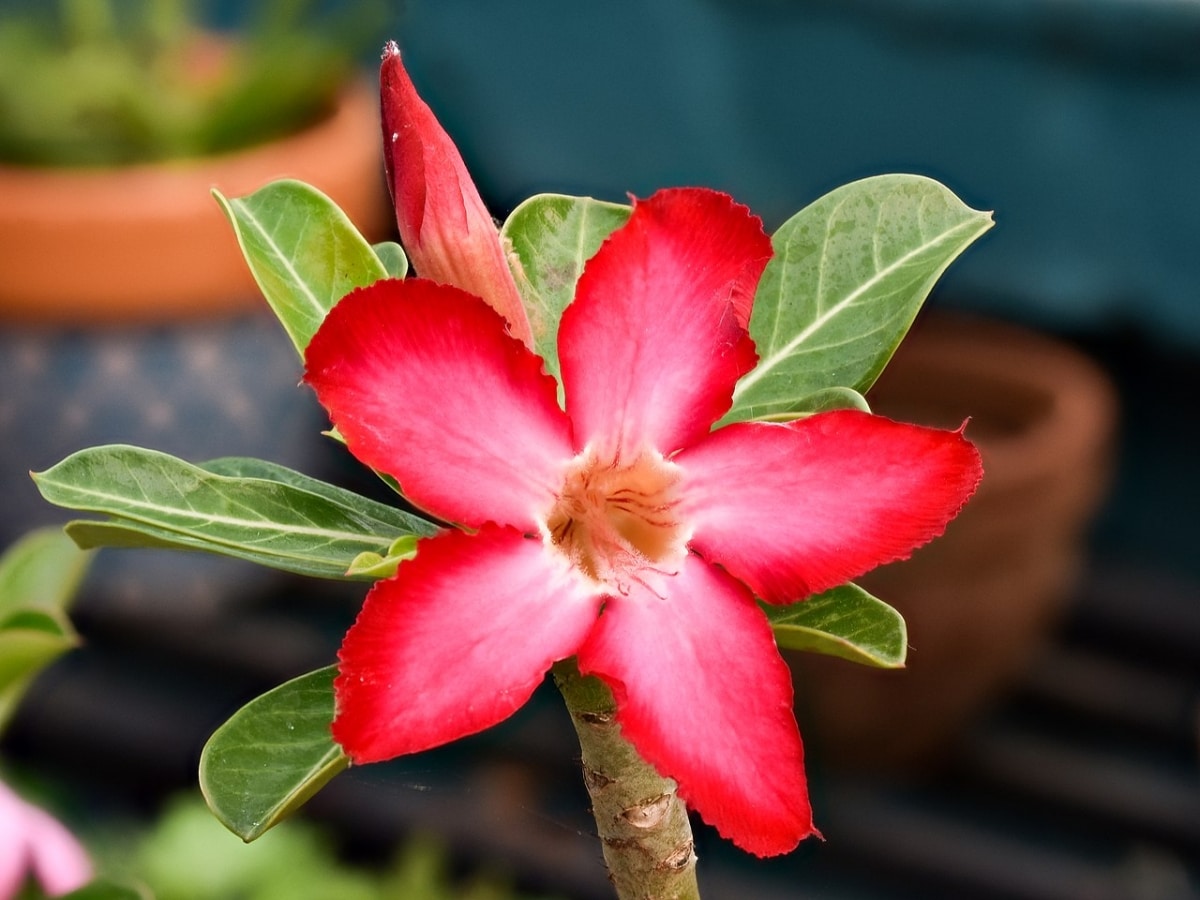
Image – Wikimedia/Timothy A. Gonsalves
The Adenium is the botanical genus to which one of the most beautiful succulent shrubs in the world belongs: the desert rose. Although its growth is quite slow, which is why we don't usually think about pruning it, keep in mind that inside it contains a milky sap that can cause itching and irritation in contact with the skin.
For this reason, every time we have to change the pot, we will do it using protective gloves -and better if they are made of rubber and not cloth-, to avoid problems.
Small cactus
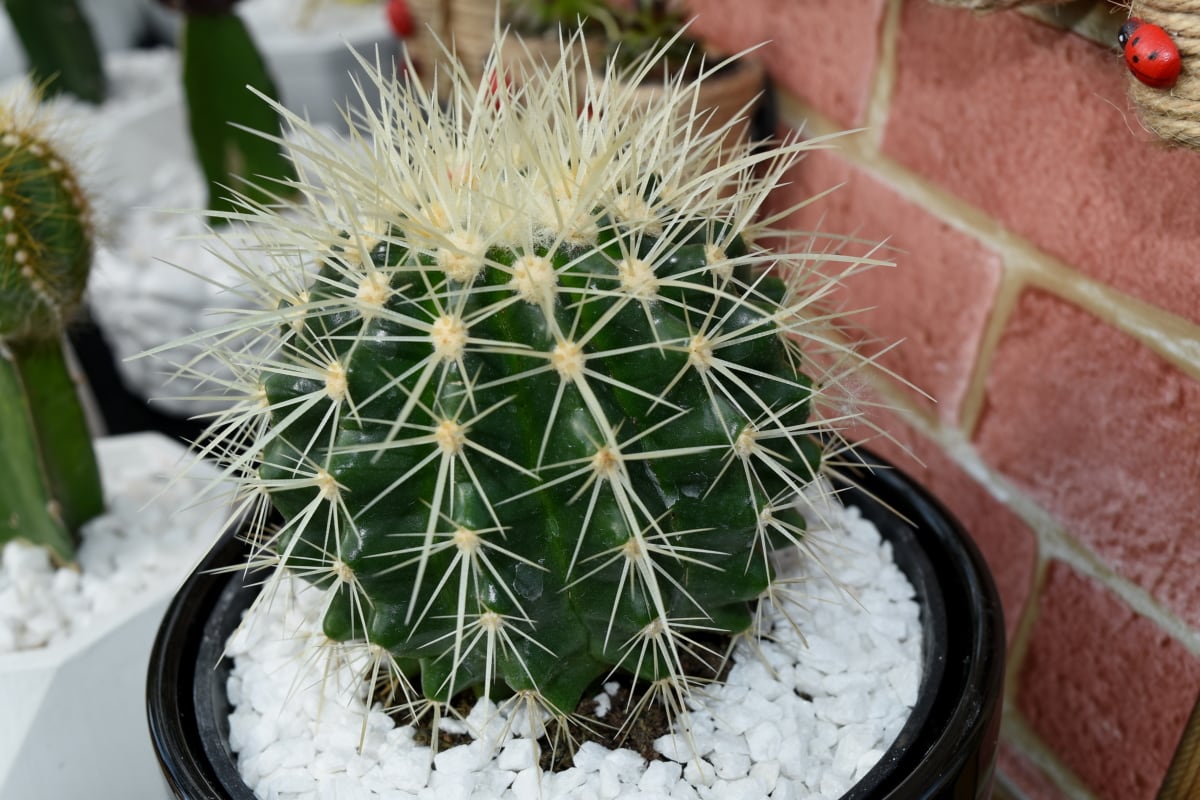
Young cacti, as well as those that remain small for life, they usually have more or less long spines that keep them protected from predators. Although these are seen, anyone who is a little confused can do a lot of damage if he falls on them, or if his hand brushes against said thorns.
Therefore, when handling them it is very important that we put on gloves so that, thus, we have our hands safe.
Crassula ovata (Jade Tree)

Image - Flickr / Jesús Cabrera
La Crassula ovata It is a small succulent shrub that many of us have, either at home or outside. It grows at a good rate, and is very easy to care for., and also to multiply because it is enough to take a piece of branch, plant it in a pot and wait a few days.
The problem is that It is toxic to both dogs and cats., which is why I wanted to include it in this list, since there are many of us who live with some of these animals, and also with humans, but to a lesser extent. When consuming it, they may have these symptoms: nausea, vomiting, and disorientation.
euphorbia
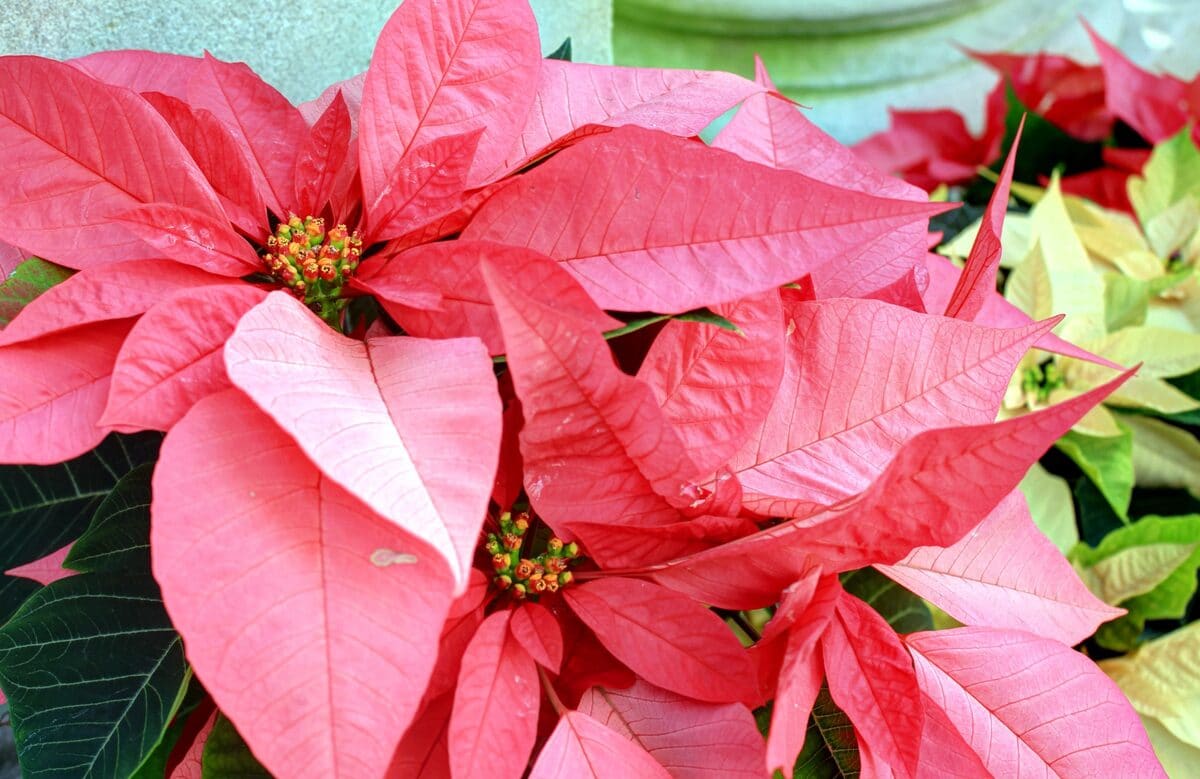
All the euphorbia They are plants that can grow as herbs, bushes (subshrub plants), shrubs, and trees. It is a genus composed of about 2000 species, and all of them, regardless of the shape they have, inside their stems contain a latex that if it comes into contact with any wound - even if it is a micro cut - it will make us have a hard time.
Itching, irritation, redness; These are the most common symptoms that disappear as soon as we wash the area with soap and water. In more serious cases, if we touch our eyes we could damage them. Of course, its consumption is not recommended.
Some of the most common species are:
- Euphorbia ingens. See file.
- Euphorbia pulcherrima (poinsettia). See file.
- Euphorbia tirucalli. See file.
- Euphorbia trigona. See file.
Kalanchoe
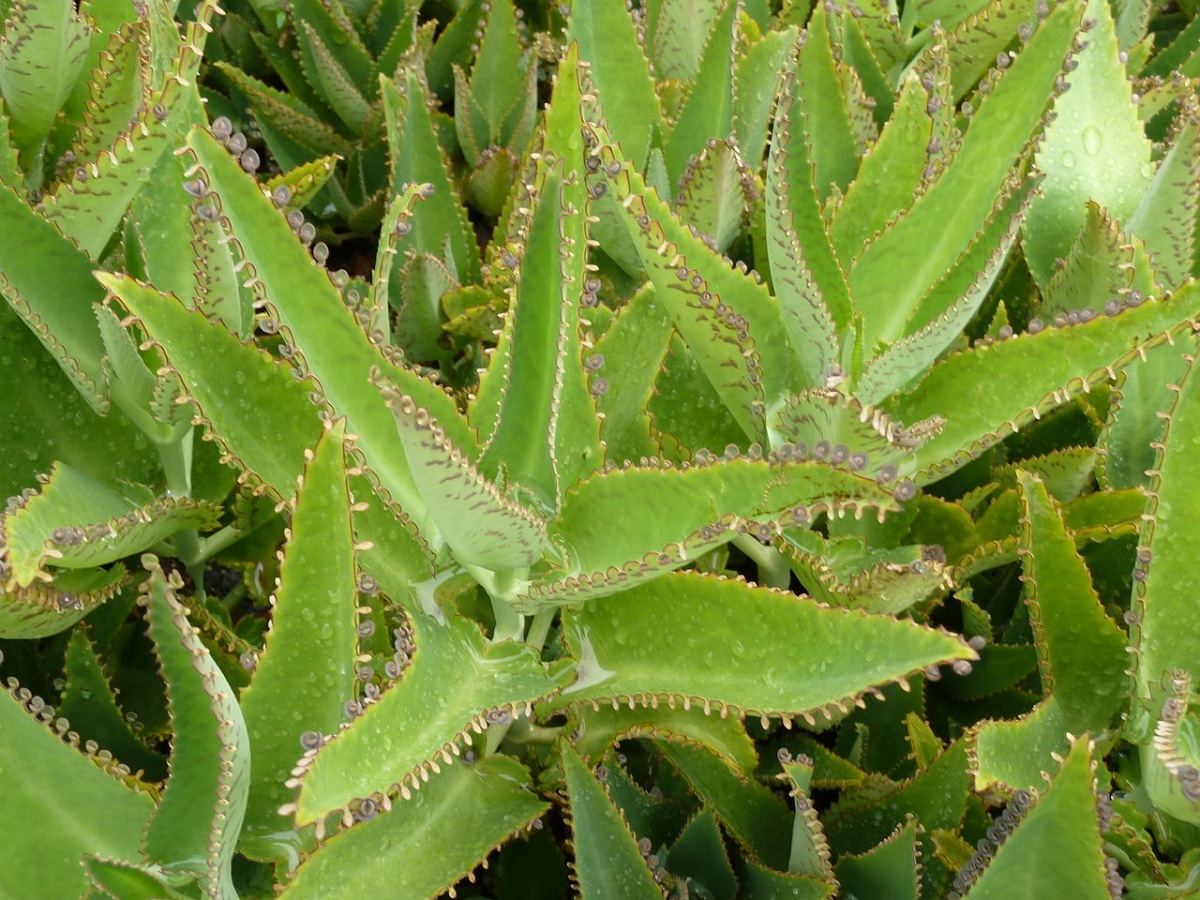
Image - Wikimedia / JMK
The Kalanchoe They are plants that are widely found in gardens, as well as in patios or balconies. They grow well in pots, so they don't need to be in the ground. (with exceptions, such as Kalanchoe beharensis). They resist drought quite well, so you don't have to water them frequently.
Many of them have been used in traditional medicine; Nevertheless, keep in mind that they can be toxic if consumed as they contain a substance called cardiac glycoside, which in high doses can cause arrhythmias, nausea and vomiting (here you have information about it).
Among the most popular species are the following:
- Kalanchoe blossfeldiana. See file.
- Kalanchoe daigremontiana. See file.
- Kalanchoe pinnata. See file.
- Kalanchoe thyrsiflora. See file.
Opuntia

Image - Flickr / Drew Avery
All the Opuntia They are cacti that, if they have thorns, are usually very visible and therefore are not dangerous because it is easy for us to avoid them, but there are many species whose thorns do not look so good. And to complicate matters further, they all have ones that are very, very short and that catch on the skin with the slightest touch.
These They are plants perfectly adapted to arid regions, and in large part it is thanks to this defense mechanism, which keeps them safe from predators. If you want to know some of the most popular species, here are their names:
- Opuntia ficus-indica (prickly pear). See file.
- Opuntia humifusa. See file.
- Opuntia microdasys. See file.
- opuntia monacantha
Pachypodium
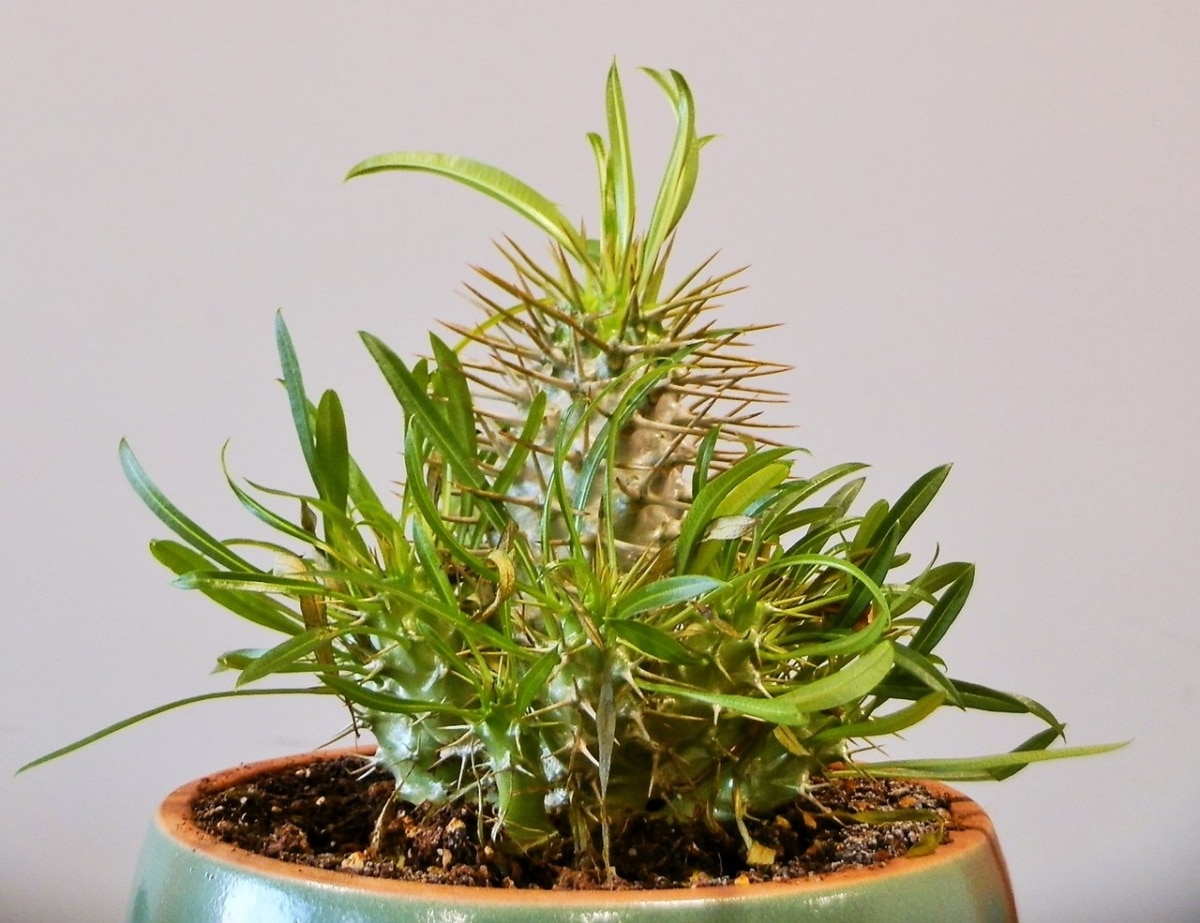
Image - Wikimedia / Beko
The Pachypodium They are a series of really curious succulent shrubs or trees: they usually have a more or less conical trunk, which branches very little. The leaves are lanceolate, of a very beautiful green, and they also produce large white flowers. When they are young they protect themselves with their spines, but as they mature, they tend to lose them.
But What is dangerous or toxic about them? Once again, latex. It is enough to remove a leaf to see that it immediately comes out a little. Well, this latex should not fall on the skin, and even less on a wound or cut, because otherwise it would cause itching and redness.
The species that we can most easily find for sale are two:
- Pachypodium lamerei (it is the most common). See file.
- Pachypodium geayi (it is best obtained in specialized nurseries)
Do you know other toxic and dangerous succulent plants?